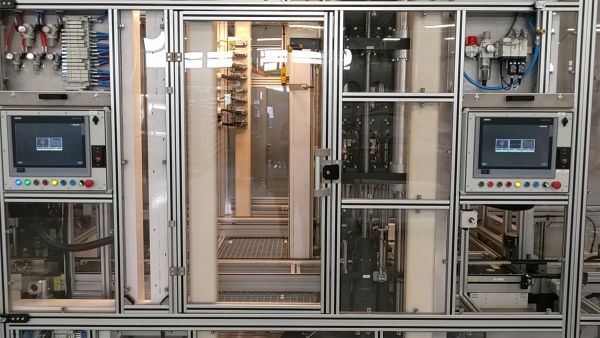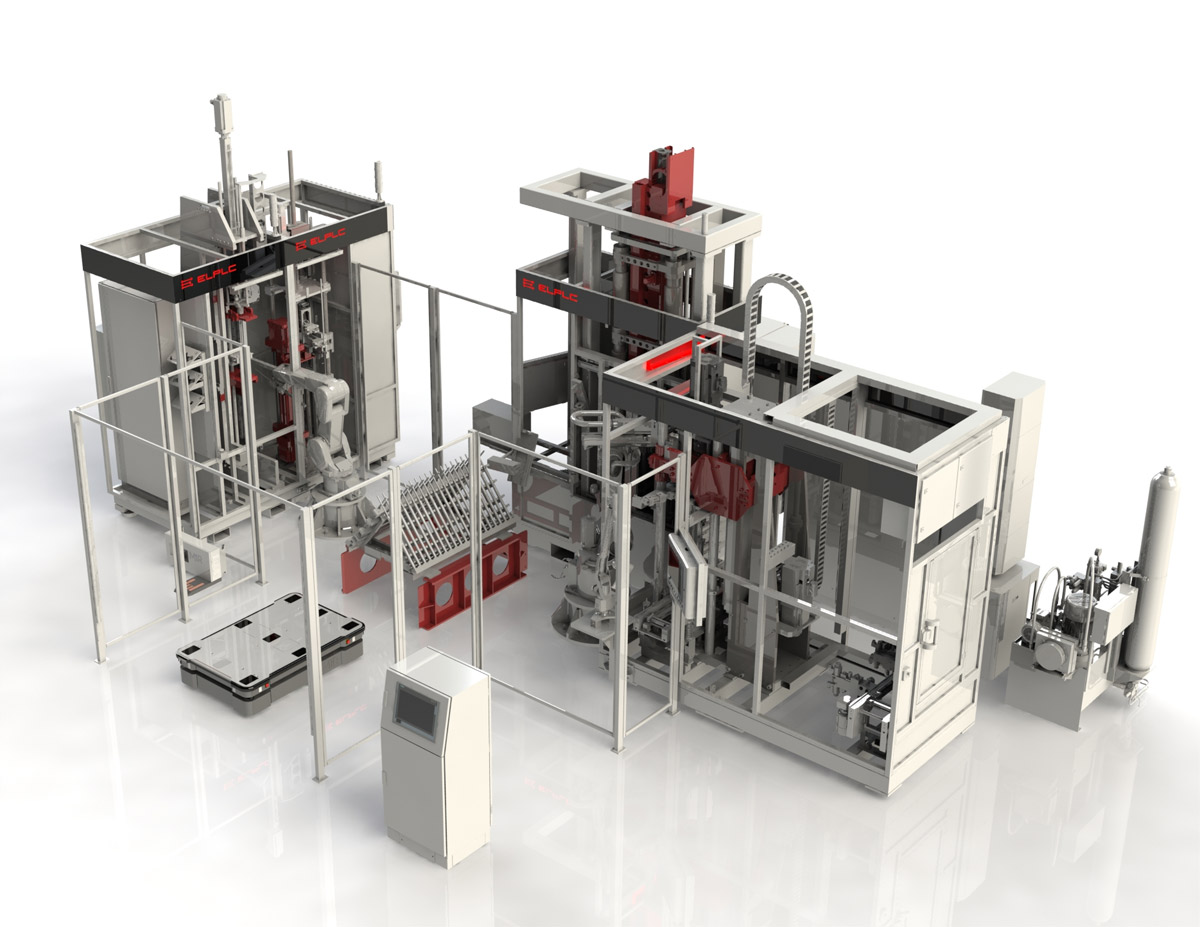ECOmachines (2) - energy-saving drive technologies
Bartlomiej Juszczyk, Damian Zabicki, 2021.12.02, ECOproduction
Automation and robotization of production would not be possible without drive technology. Drive devices are an essential element of lines and machines. They can be found in a number of industrial processes, such as transporting components on the production line, various types of assembly, mechanical processing, mechanical functional testing or in various types of pumping equipment, debris extraction or fans. At a time when electricity prices are not falling, it is important for industry to reduce the environmental impact of production & nbsp; the issue of energy efficiency of drives and modernization of processes is gaining importance.

Where to look for savings?
According to various sources, electric drives can be responsible for up to 60-70% of electricity consumption in industry. So there is something to fight for when it comes to energy efficiency and innovation. There are even estimates of the savings that can be achieved. It is difficult to refer to them unequivocally, but it is on the order of 10 3 TWh per year. In industry, mainly electric, pneumatic or hydraulic drive devices are used. Ultimately, pneumatic or hydraulic devices are powered by compressors or hydraulic power units, the essential element of which is the electric motor. The electric motors themselves also vary depending on the intended use. Permanent magnet (PM) motors can provide more fuel-efficient operation in variable speed applications than typical asynchronous motors in that the efficiency of the permanent magnet motor is higher. Among the advantages of PM motors are also high torque overload, wide speed range, good control properties, smaller dimensions (if compared with induction or DC motors) and increased reliability due to the lack of a brush node. Currently, permanent magnet motors are generally divided into two groups & ndash; brushless direct current motors (BLDC) and synchronous motors (PMSM). It is difficult to imagine today's industrial automation without a servo drive. These are drives operating in a closed-loop system, where the actuator is an electric motor and the control element is a controller. Feedback comes from encoders or sensors. The mentioned advantages of the servo drive are: lower energy consumption, immediate start-up, dynamic regulation or reduction of dimensions.

Energy-saving innovation example - damper characteristics tester
In the production process of a dampers, an important issue is their functional testing, i.e. simply speaking: simulating roughness on the road and observing the damper response presented in the form of an appropriate characteristic. When trying to automate the process of testing the damping force characteristics of dampers, it is necessary to use appropriate drives, forcing the movement to measure the relationship between the vibration amplitude and their frequency, taking into account various damping factors. As practice shows, most testers are not able to simulate movements that reflect the damper work in real conditions. In addition, during the characteristic test, the smallest possible measurement error is required, which in standard applications can be as much as 10%. In addition, a short cycle time and precise measurement of displacement over a large range are a must. For the proper performance of the damper characteristic test, it is necessary to measure the force with the specified precision.
Typical market solutions are based on a hydraulic effector that moves the shock absorber piston rod with the appropriate force. The design of the hydraulic drive has its drawbacks, the main of which is the dependence of speed on oil temperature and acting loads. Oil as the main working medium is also very sensitive to contaminants that are harmful to the drive. In fact, the only precautionary measure is to change the oil frequently, which means more time and resource-consuming servicing. Multiple transformations of energy in the hydraulic drive result in its lower efficiency compared to electric solutions.

In the position of CTS - the innovative design of ELPLC S.A. SIEMENS electric linear motors were chosen as the test effector drive. In this way, a compression force (Fmax) of 10,350N was obtained. The choice of the engine was also determined by its maximum speed (Vmax) reaching 90 m / min. This parameter allowed to shorten the test cycle time. The force measurement is supplemented by a track per unit time check. The IMS-I measuring system - Bosch Rexroth was used for this. The measurement error was obtained at the level of 1.5%. It should be emphasized that in solutions based on a hydraulic drive, this parameter is even 10%. A cycle time of 6.8s was also achieved & ndash; in the case of hydraulic drives it is 7.2 s. Replacing the classic hydraulic drive brought many benefits: no additional oil supply system, no need to control the temperature, pressure and oil consumption, high control dynamics with high power. In this case, the change of the drive technology has brought not only energy efficiency, but also specific operational and quality benefits in the form of a shorter cycle and more accurate measurement.
It is worth emphasizing that the tester can also be one of the elements of a complete, modular technological line for the assembly and testing of dampers or gas springs. This solution is, in turn, the answer of ELPLC S.A. for the needs of manufacturers who expect the automation of the dampers assembly process, taking into account autonomous operation, high assembly accuracy and testing as well as durability and energy efficiency. The line requires only loading and unloading, which can be ultimately carried out by i AGV robots.



